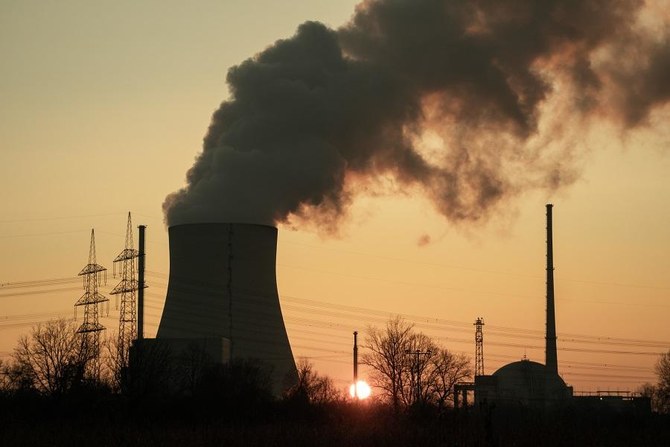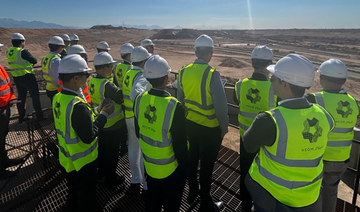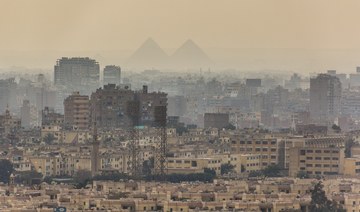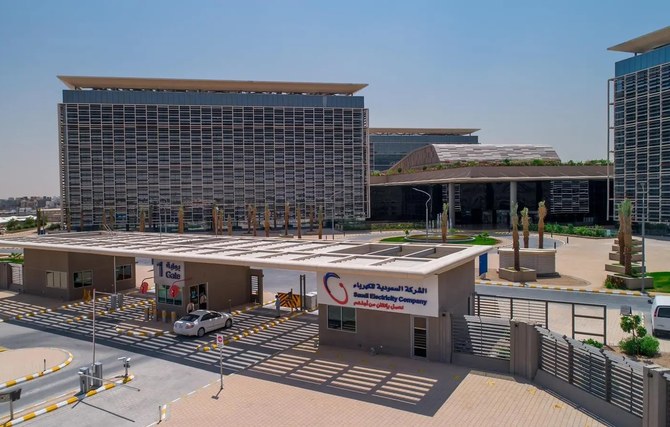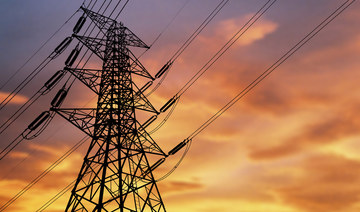DUBAI: The International Energy Agency (IEA) on Tuesday called for an immediate halt on new investment in fossil fuels — oil, gas and coal — as part of a strategy to get to net zero greenhouse gas emissions by 2050.
The IEA made the radical proposal as part of a “roadmap for the global energy sector” which also demanded an end to sales of petrol engine cars by 2035, as well as an instant halt to “dirty” coal projects.
The IEA’s rejection of fossil fuel investment coincided with the price of global benchmark Brent crude moving above the $70 per barrel level, which it has only reached once since the onset of the COVID-19 pandemic.
“Our pathway requires the immediate and massive deployment of all available clean and efficient energy technologies,” the IEA said. It calculated that $5 trillion of investment was needed in energy to get it to net zero levels, most of it in renewables like wind and solar.
Total global spend on energy is currently around $2 trillion, with the bulk spent on hydrocarbon investment, the IEA estimated.
“We find that the world has a viable pathway to building a global energy sector with net zero greenhouse gas emissions in 2050, but it is narrow and requires immediate action across all countries to begin an unprecedented transformation of how energy is produced, transported and used worldwide.
“In our pathway, no investment in new fossil fuel supply projects is needed, nor is (there) further investment for new unabated coal plants, and sales of new internal combustion engine passenger cars are halted by 2035,” it added.
HIGHLIGHTS
• The IEA made the radical proposal as part of a ‘roadmap for the global energy sector’ which also demanded an end to sales of petrol engine cars by 2035, as well as an instant halt to ‘dirty’ coal projects.
• The IEA’s rejection of fossil fuel investment coincided with the price of global benchmark Brent crude moving above the $70 per barrel level, which it has only reached once since the onset of the COVID-19 pandemic.
IEA executive director Fatih Birol said it was still possible to reach the climate goals of the Paris Agreement. “Our roadmap shows the priority actions that are needed today to ensure the opportunity of net zero emissions by 2050 — narrow but still achievable — is not lost. “The scale and speed of the efforts demanded by this critical and formidable goal — our best chance of tackling climate change and limiting global warming to 1.5°C — make this perhaps the greatest challenge humankind has ever faced.”
The IEA, which was founded in the 1970s in the face of global oil spikes, has long been regarded as a defender of oil consumers. The new stance surprised some oil industry experts in the region.
“They’ve been hijacked by the Europeans,” said one Saudi Arabia-based energy adviser who did not want to be named, pointing to the European-led movement to divest funds from fossil fuels.
Other investment experts said it was a recognition of a new guiding principle in global energy finance.
Tarek Fadlallah, managing director of Nomura Asset Management in the Middle East, said: “The IEA has taken the increasingly populist outlook that diminishes the outlook for oil.”
Saudi Arabia recently joined other big oil-producing countries to study the prospects for net zero in a forum that includes the US and Norway.
Birol said that he saw a “growing gap” between rhetoric about the need to tackle climate change and the facts of increasing global greenhouse gas emissions.



